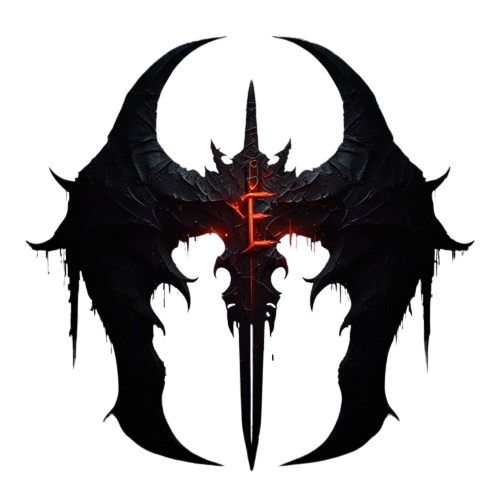Indie game marketing can feel overwhelming, especially when you’re a solo developer wearing multiple hats. Without a dedicated marketing team, how do you ensure your game gets the attention it deserves? The good news: it’s absolutely possible to build an audience, generate wishlists, and create buzz—all on your own.
This guide breaks down how to promote a game as a solo dev, covering essential platforms like Twitter, TikTok, and Bluesky, with real-world insights from Endvasion, an upcoming indie RTS game.
1. Establish Your Brand & Online Presence
Before you start marketing, define your game’s identity:
- Unique Selling Proposition (USP): What makes your game stand out?
- Visual Aesthetic: Consistent branding across all platforms.
- Voice & Personality: Are you casual, humorous, informative?
Case Study: Endvasion
Endvasion builds its brand around reversing the typical RTS narrative—you play as the “bad guys” reclaiming their land. This unique angle makes it easier to market, as it offers something fresh to the RTS community.
2. Choose the Right Platforms
Each social media platform has its own strengths for indie dev marketing. Here’s how to leverage them effectively:
Twitter (X) – Build a Dev Community
- Share behind-the-scenes content (gameplay clips, concept art, GIFs).
- Use hashtags like #IndieGame, #GameDev, #RTS.
- Engage with devs, streamers, and gaming journalists.
TikTok – Viral Potential
- Post short-form content (e.g., dev logs, funny bugs, feature highlights).
- Use trending sounds and hashtags like #IndieDev, #Gamedev, #RTSgames.
- Example: Endvasion’s most successful TikTok showcased an unexpected bug where imps danced in sync—it gained thousands of views and engagement.
Bluesky – A Rising Community
- Engage with early adopters who are passionate about indie games.
- Connect directly with journalists, influencers, and fellow devs.
3. Build an Email List & Blog
Social media is unpredictable—an email list ensures direct communication with your audience. Write blogs on your website covering:
- Your game’s development journey.
- Lessons learned in game marketing.
- Industry trends.
Example: Endvasion uses blog content to drive organic traffic and establish credibility in the RTS space.
4. Engage With the RTS Community
Being part of a niche gaming community helps tremendously:
- Join RTS gaming forums & Discords.
- Interact with RTS streamers & content creators.
- Participate in Steam discussions and subreddits like r/realtimestrategy.
5. Leverage Wishlists & Steam
Steam wishlists are crucial for launch success. Drive traffic to your Steam page by:
- Pinning your wishlist link on all social platforms.
- Running giveaways & exclusive content for wishlisters.
- Posting game updates & dev logs regularly.
Example: Endvasion’s Wishlist Growth
Endvasion grew its wishlist count by consistently posting engaging content on Twitter and TikTok, networking with RTS fans, and leveraging early community feedback.
6. Collaborate & Cross-Promote
Working with other indie devs or influencers can significantly expand your reach:
- Indie dev partnerships: Share each other’s games on social media.
- Streamer outreach: Offer demo keys for playtesting.
- Reddit & Discord Q&As: Engage in discussions about game dev challenges.
Final Thoughts: Take Action Now
Marketing your indie game as a solo dev is challenging, but with the right strategy, you can create meaningful engagement and generate sales. Follow Endvasion’s journey as a case study in indie game marketing and see firsthand what works.
🎮 Support Endvasion by wishlisting on Steam now! Click here
🚀 Follow on BlueSky for marketing insights and game updates.
🔁 Share this blog if you found it helpful!
#IndieGameMarketing #IndieDev #GameDev #RTSgames #SteamWishlist
